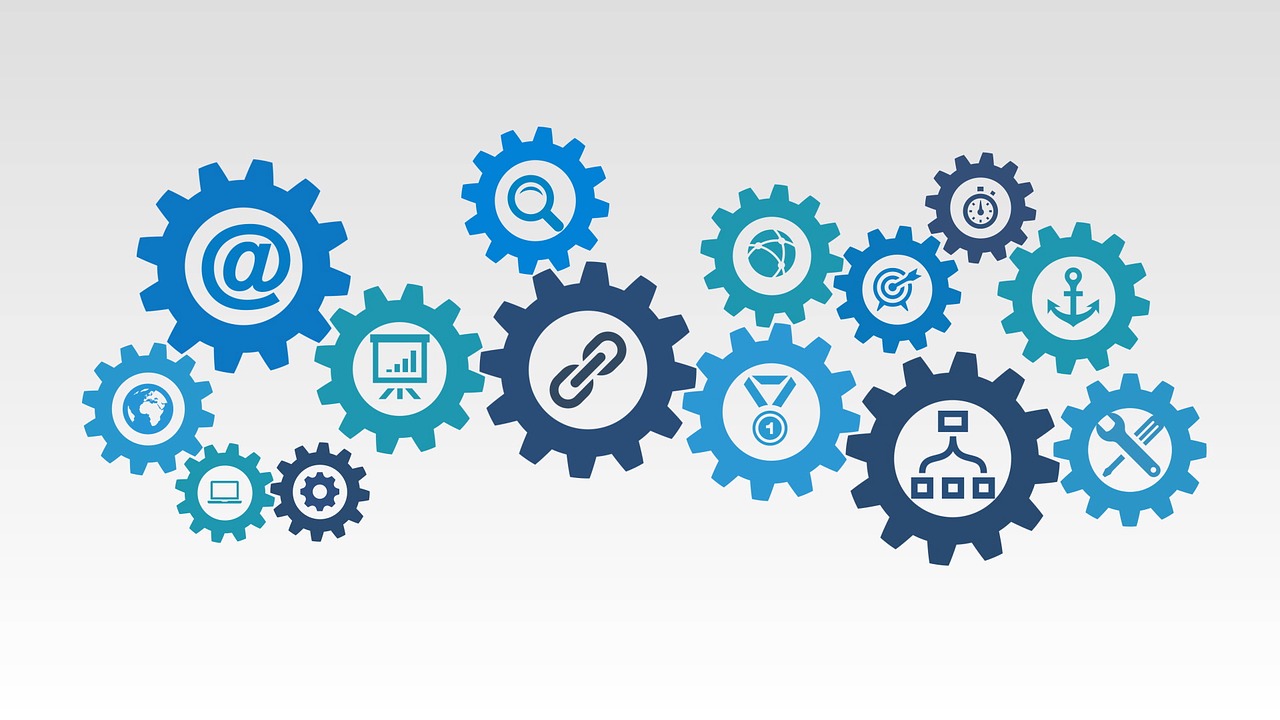
Security Operations Centers (SOCs) are the beating heart of any good cybersecurity program. When they work, they’re an example of cybersecurity at its best: a crack team of capable cybersecurity professionals working harmoniously to protect their organization. When they don’t work, they’re an enormous drain on organizational resources, a painful work environment, and even a security threat.
Unfortunately, SOCs are increasingly incapable of operating as they should. Problems such as expanding attack surfaces, staff burnout, and false positive churn are straining SOCs and putting organizations in mortal danger.
However, there’s no need to despair. As with so many of life’s problems, the answer lies in technology. There are some incredible tools and technologies out there that have the potential to rescue the modern SOC from many of its woes. So, let’s look at a few of them.
Large Language Models
You guessed it: we’re talking about AI again. Large language models (LLMs) have the potential to transform how SOCs operate, streamlining processes and allowing them to run more efficiently with less staff.
For example, LLMs like GPT-4 can summarize alerts and help determine the next steps, analyze the content and context of security alerts to weed out false positives, and even support in planning investigative procedures. These capabilities are important because they render traditionally complex tasks achievable for more junior analysts, freeing time for more senior staff to spend on their other work.
While these capabilities are still in their infancy and prone to error, AI and LLM technologies are advancing at an extraordinary rate. Many SOCs are already experimenting with LLMs, so it’s only a matter of time before these technologies become commonplace.
Security Information and Event Management
Security Information and Event Management (SIEM) tools collect log and event data from security, network, server, application, and event sources to detect and flag security incidents. For example, an SIEM solution may detect and alert SecOps teams to a suspicious number of login attempts to a particular system so they can investigate. These tools remediate many of the problems modern SOCs suffer with, as they reduce the need for SOC analysts to identify threats manually.
Remote Work Environments
When thinking about SOCs, the image that often springs to mind is a neon blue, desk-filled war room with LCD screens hung on every surface. But the reality is that most modern SOCs look like their staff’s bedrooms or home offices—because that’s what they are.
Remote work has been hugely important in mitigating many of the problems inherent in modern SOCs. It has reduced staff burnout by eliminating the need for staff to commute long distances to work every day, mitigated talent acquisition issues by allowing organizations to hire employees from around the world, and—due to time differences—allowed SOCs to operate around the clock without paying staff overtime to work night shifts.
Security Orchestration, Automation and Response
Security Orchestration, Automation, and Response (SOAR) tools collect cybersecurity threat data and respond to security events with little or no human assistance, dramatically reducing the staffing required to run an effective SOC.
SOAR’s orchestration capability involves connecting and integrating disparate security tools, such as endpoint protection products, user and entity behavior analytics (UEBA), and vulnerability scanners, to gather and collate threat intelligence data.
This data is then ingested and analyzed to create repeated, automated processes to replace manual efforts. SOC analysts no longer need to perform tasks such as vulnerability scanning, log analysis, or ticket checking, as the SOAR platform executes them automatically. With input from AI technologies and analyst insights, SOAR platforms can make recommendations and automate future incident responses.
SOAR also gives analysts a comprehensive view of the planning, managing, monitoring, and reporting of response actions, facilitating collaboration and threat intelligence sharing across security, network, and systems teams.
SOAR platforms do a lot of the work that would usually fall to SOC analysts, mitigating talent shortages, reducing the risk of employee burnout, and reducing incident response times.
SOC-as-a-Service
Pretty much everything is available “as a service” nowadays, and SOCs are no different. Many organizations are outsourcing their SOC capabilities in an era of tight budgets and limited security talent. Purchasing a SOC-as-a-service (SOCaaS) solution is often the more cost-effective, effective, and practical choice for many organizations. Going forward, we’ll likely see fewer in-house SOCs and more SOCaaS providers.
Looking to the Future
While SOCs are in a difficult position, their challenges are not insurmountable. Rapid advances in AI, threat detection, and remote work technologies, to name a few, are fast providing the solutions to many of the problems modern SOCs face. However, while we can make an educated guess as to the future of SOCs, technology is unpredictable – who could have guessed AI would be as advanced as it is today? We must keep our ears to the ground and keep our eyes open for the next technology that could revolutionize modern SOCS.
About the author: Josh is a Content writer at Bora. He graduated with a degree in Journalism in 2021 and has a background in cybersecurity PR. He’s written on a wide range of topics, from AI to Zero Trust, and is particularly interested in the impacts of cybersecurity on the wider economy.
